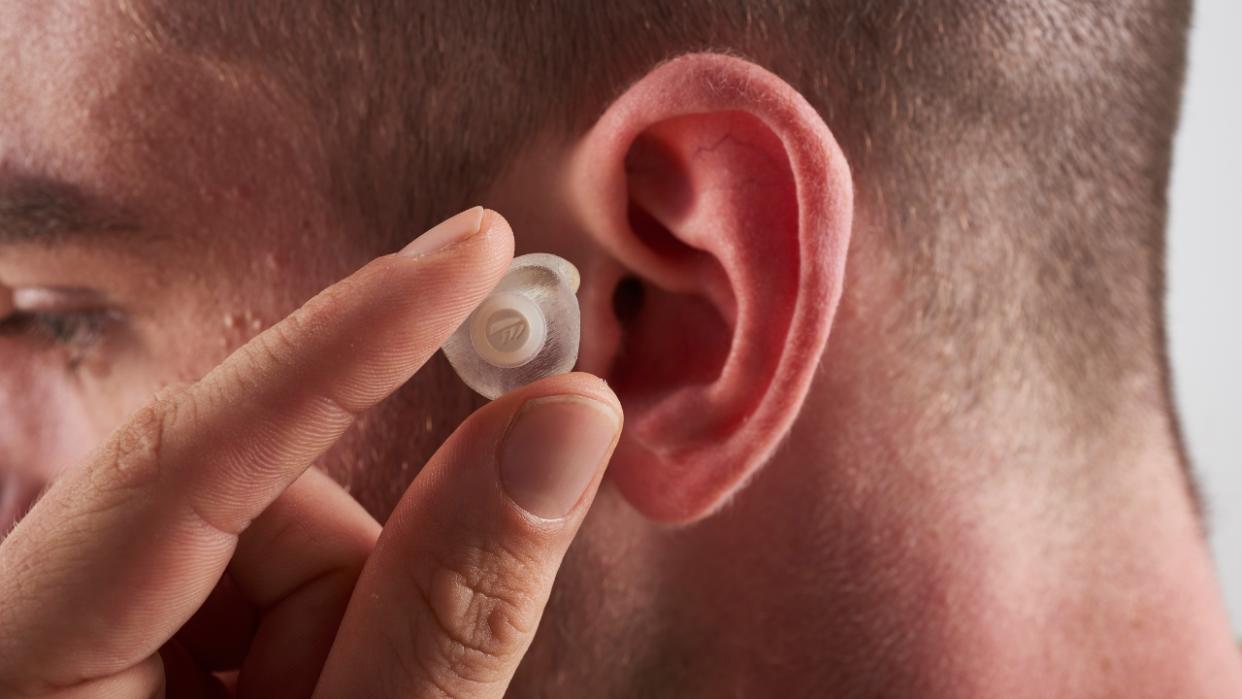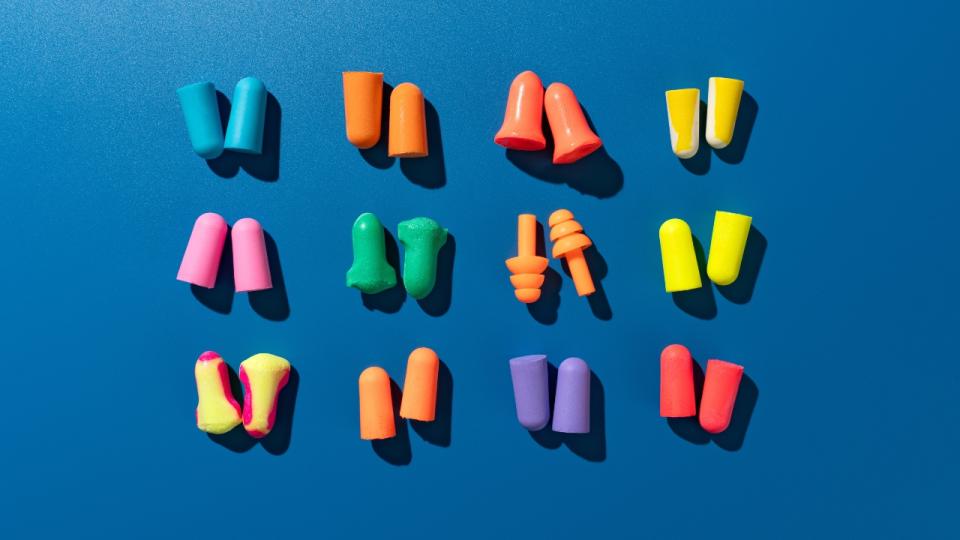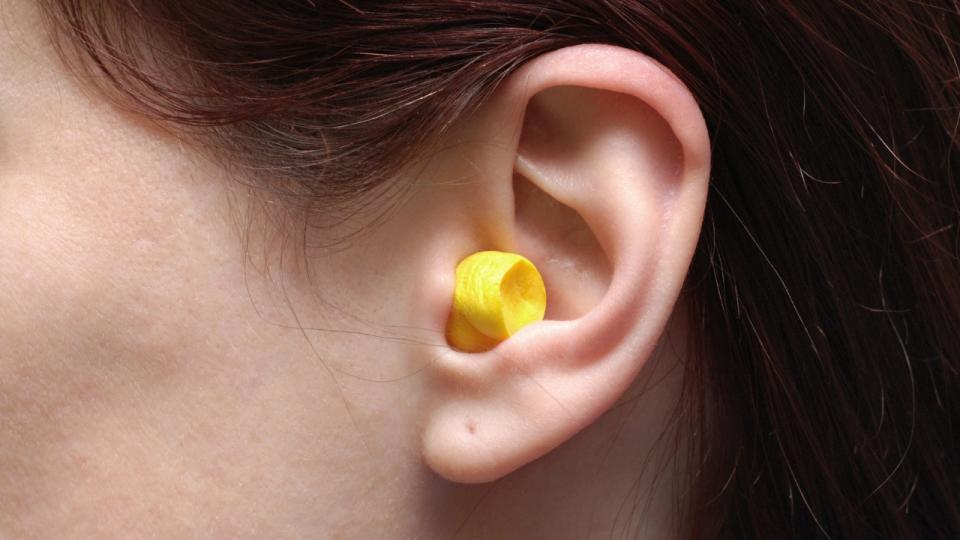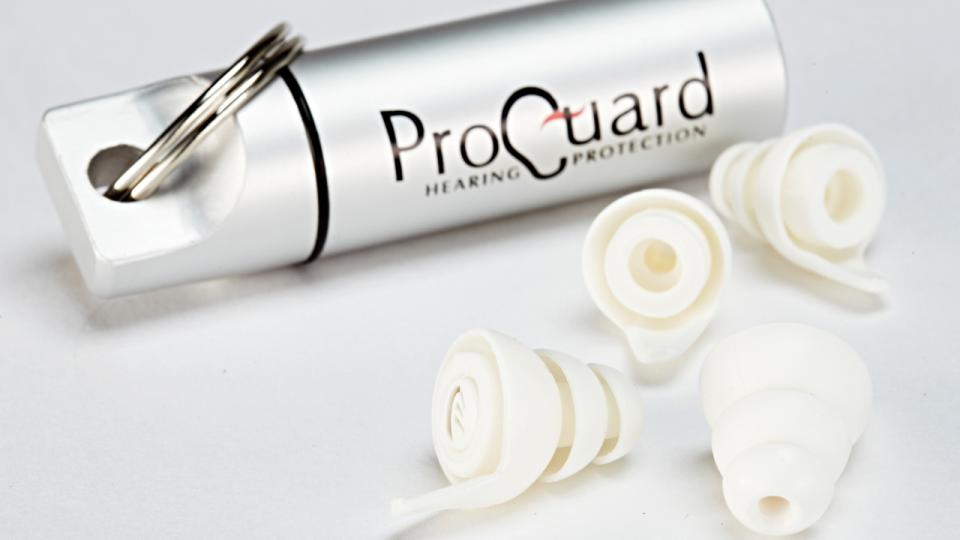Can wearing earplugs damage my ears?

If you love music you should already be aware that your ears are your greatest asset. As a guitarist in various metal bands, I’ve been wearing earplugs at shows for a long time now, whether I’m playing on stage or not. As I’ve gotten older I’ve noticed musicians and music lovers around me who didn’t protect their ears begin to get the first signs of hearing damage, some to the point that it affects their daily lives.
It’s a given that listening to loud music – whether that’s blasting your headphones or standing in front of the speaker at your local venue – will eventually damage your hearing. More and more these days I see the audience wearing hearing protection just as much as the bands that are playing which is great. But, can earplugs themselves damage your hearing? It’s a great question, so let’s find out if there's any truth in it, and how we can prevent long-term damage from earplug use.
Can earplugs damage your ears?

Earplugs are worn for a lot of different reasons. I use a pair of Loop earplugs when I’m sleeping at home sometimes, mainly to drown out the noise of my cat’s wrestling matches in the middle of the night. Not really relevant to music listening directly, but it’s through research into wearing earplugs while we sleep that you can uncover how misuse of earplugs can cause long-term problems.
When you wear earplugs for a long time it results in the buildup of earwax in your ear canal. Naturally small amounts of wax should be coming out of your ears while you’re sleeping – I bet that gets you washing those pillowcases – and while it’s pretty gross, it’s just a natural part of the cycle of your ears cleaning and maintaining themselves.
When you wear earplugs for a long time the wax, with no place to naturally go, can build up. This causes itching and pain, and if not dealt with dizziness, nausea, hearing difficulties, and even tinnitus in extreme cases. Over time earwax will get pushed back into the ear canal and if you use the same set of earplugs again and again, this can result in bacteria buildup, infection and, left untreated, serious damage or even permanent hearing loss.
Ill-fitting plugs, particularly the foam type, can also cause discomfort, so it's important to get the right fit before you start wearing your plugs over long periods.
How to prevent hearing damage

So how do we prevent this from happening? Well first and foremost, you should be cleaning your earplugs after every use, or discarding the single-use foam type after each use. Cleaning also applies to things like in-ear headphones and earbuds. It only takes a bit of warm water and your fingers to clean them or, if you'd rather not have direct contact with your wax, a fresh toothbrush will do the job just as well.
Doing this regularly ensures that your earplugs are clean every time you use them, drastically reducing the chances of bacterial infection. Make sure the earplugs are dry before you reinsert them into your ears too, as water trapped in the ear canal can also lead to infections.
You can take further precautions by washing your hands before you insert your earplugs, too. This prevents any bacteria on your hands from entering the ear canal, keeping your hearing in top shape. Make sure your hands are nice and dry before you pop them in, and this will help reduce the chance of any nasties finding their way into your ears.
Use them right

If you’re using the foam type of earplugs then it’s imperative that you insert them properly as not doing so can result in less than adequate hearing protection at your next gig. With these earplugs, you should roll them between your thumb and index finger into a cylinder, pull the top of your ear up and away from your face to straighten the ear canal, and then insert and hold the plug in until the foam expands to fill.
This applies to moulded and silicone earplugs too. Don’t just ram them home, you’ve gotta ease them in gently! Silicone earplugs don’t compact as easily as foam ones, so it's essential to try out a few different sizes – most should come with a few options – to find the perfect match for your ears. You may even find that you need a different size in each ear as a lot of humans have asymmetrical ears.
Don't ignore the signs

If you notice any changes in your hearing, issues with earwax, or anything else, go get them checked out. Your hearing is one of your most important assets and its not worth risking them. If you have pain or discomfort then see a hearing specialist and find out what’s going on. They’ll be able to recommend a course of action to remedy the problem, give you a hearing test so you can see if there are any problems with your hearing, and recommend a great set of earplugs to protect your hearing at gigs from there on out.
The RNID (Royal National Institute for Deaf People) offers this great online hearing checker – which takes only 3 minutes to complete – and is a great place to start if you feel you may have some issues.
Conclusion
Ultimately wearing earplugs is far more beneficial than not wearing them, you just need to take a little care when doing so. Make sure you clean them after every use to prevent the build-up of bacteria and try not to wear them for long periods of time. Ensure you have a great fitting set of earplugs and you’ll be well on your way to keeping your best asset as a music fan.

